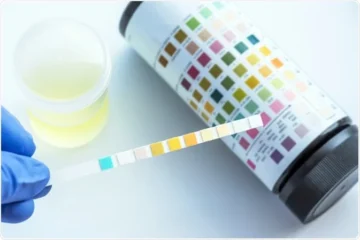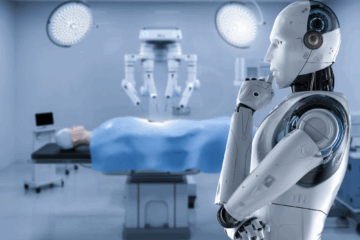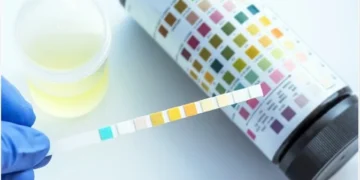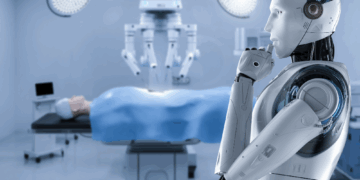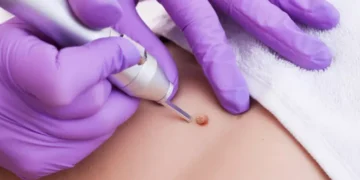Cut Down on Recovery Time for Herniated Discs through Stem Cell Therapy

Image Credit: https://www.pexels.com/photo/doctor-examines-woman-s-back-4506109/
You might have suffered from back pain at least once in your lifetime. Back pain can range from dull aches to excoriating pain caused by medical conditions. If you experience back pain in your spine, then one of the reasons for this could be a herniated disc. Your spine consists of rubbery cushions that act as shock absorbers and hold your spine vertebrae together.
Overview of Herniated Discs
Now, not all spinal pain can be diagnosed as a herniated disc. If you suffer from pain in your arms and legs, tingling sensation in the targeted area, weakness, and loss of ability to lift or hold items, then this might be a sign of a herniated disc. This condition usually affects only one side of your body. In some cases, you can be a victim of herniated discs without any symptoms also.
This condition can be caused due to old age as your discs become weak and are prone to wear and tear. Other causes can be obesity, genetics, poor lifestyle habits, and jobs that require you to lift head loads frequently.
If you suffer from a herniated disc and want to avoid surgery, you can look for non-invasive treatments such as stem cells for herniated disk offered by clinics such as Stemwell, headquartered in Bogota, Columbia. This clinic uses stem cells from your umbilical cords and administers them to the targeted areas. Their team of professionals makes use of image-guided procedures such as fluoroscopy X-rays and ultrasound to locate the damaged discs.
Stem cell therapy is effective in reducing spinal disc pains and inflammation, thereby providing relief from that never-ending pain. Once injected, your stem cells get to work by repairing and regenerating the damaged discs in your spine.
After the procedure, you might experience redness or pain in the injected area which goes away with prescribed medications. This is one of the safest methods to treat the symptoms of herniated discs with no side effects.
Another treatment options for herniated discs are Platelet Lysate therapy (PL). This is a non-surgical treatment that involves using your platelet to offer relief from herniated disc symptoms.
Now, before opting for any procedure, you need to be transparent with your doctor. Stem cell therapies can be of various types, and depending on your medical history, your doctor can recommend the best treatment plan.
Image Credit: https://www.pexels.com/photo/young-man-in-sleepwear-suffering-from-headache-in-morning-3771115/
Post Stem Cell Therapy Care
Finally, you have completed your stem cell therapy for herniated discs. This does not mean that you resume with daily activities immediately. Your body needs time to heal. Some important points that you might want to take into consideration here would be:
- Follow your doctor’s advice
- Restrict yourself to light activities
- Diligently follow the physiotherapy exercises provided by your doctor
- Avoid making swift movements or bending for a few days
- Avoid taking any medications, other than those prescribed by your doctor
If you face any discomfort or pain, discuss it with your doctor immediately.
Conclusion
Opting for stem cell treatments is one step forward toward a pain-free life. Ensure that you are well informed by your doctor on the complete procedure before you take the final step.



